Things have changed since 2006, though. There's been an upswing of independent games released in the last few years, motivated not by a desire to tap into and exploit a particular market of gamers by rehashing the same old genres and tropes, but instead to take the medium in new narrative and stylistic directions. Some pretty incredible games have come out of this movement. Here's my quick rundown of recent indie games that you should make a point of checking out.
11. Judith (distractionware, free, PC)
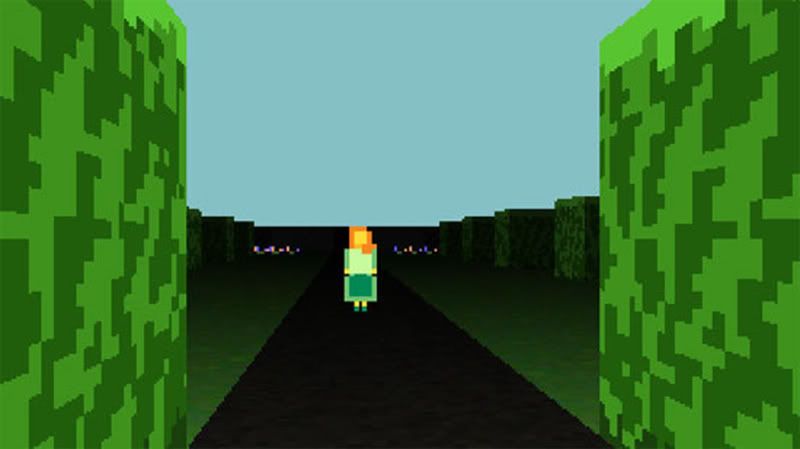
Judith is everything an off-the-cuff indie game should aspire to: simple interface, lo-fi graphics, and a focus on plot. There are no monsters to kill, no real puzzles to solve, just an interactive story which you can run through in about half an hour. It's built on the Wolfenstein 3D engine, but the textures hearken back to the old AGI look of the Sierra adventure games of the 1980s and will be eminently familiar to anyone who grew up playing PC games during that decade.
10. Fez (Polytron, upcoming, platform TBA)

Although it's not yet released, Fez is worth keeping an eye on for no other reason that it looks to be graphically breathtaking (It won the Excellence in Visual Art award at the 2008 Independent Games Festival, and was nominated for the Design Innovation award as well). It's nominally a platformer, in which Gomez, a two-dimensional character, explores a world that has become three-dimensional. Much like the classic novel Flatland, Fez delves into the nature of dimension, space and geometry in a way that games have rarely done in the past.
9. Audiosurf (Dylan Fitterer, $10 through Steam, PC)
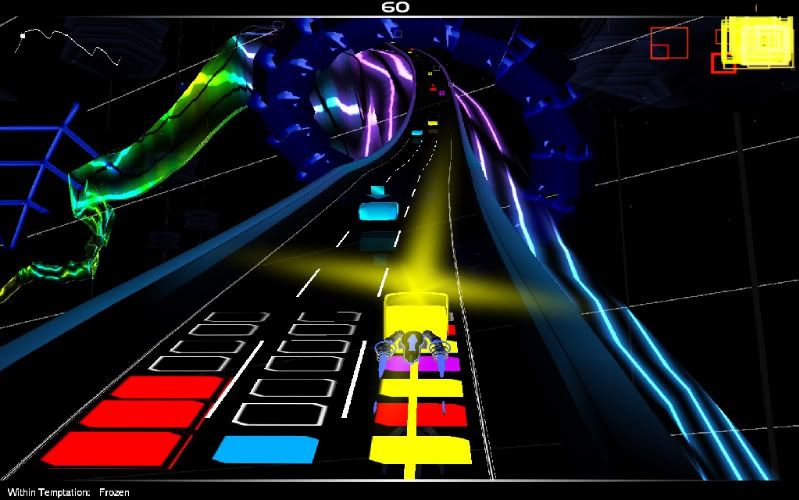
One of my fondest videogame memories is of playing the classic DOS game SkyRoads on my 386 PC in the mid-90s, and so when I discovered AudioSurf, I was enamored with it from the start. AudioSurf builds on the racer format of SkyRoads and allows the player to create a track synchronised to an MP3 of their choice: by analysing the song, AudioSurf determines your level's speed, position of blocks and obstacles, and background environment. There are a number of ships available, as well as an impressive array of game-mode options. In all, the game manages to take a done-to-death genre and inject new life into it.
8. Kingdom of Loathing (Asymmetric, free\donation, browser)
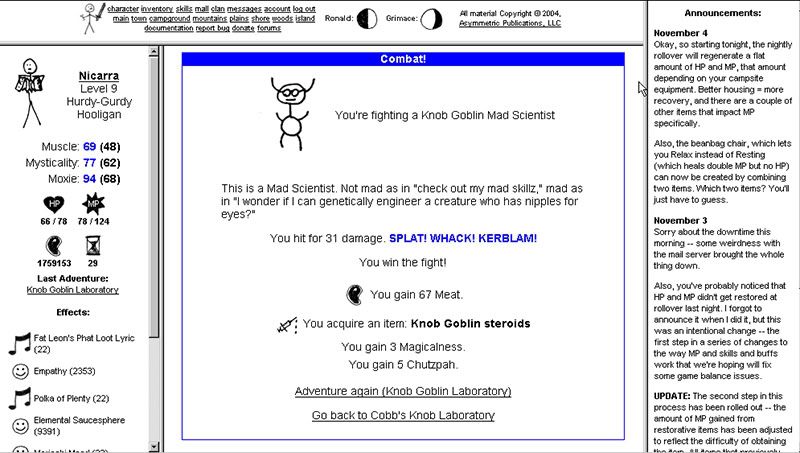
Kingdom of Loathing is the xkcd of MMORPGs. Visually, the game is nothing to write home about (in fact, with the exception of a few crude stick-figure icons, it's primarily text-based), but it has gained a considerable following thanks to its clever design and often surreal sense of humour and wordplay. KoL is an antidote to the current, bloated MMO market, playing with and subverting the conventions of that genre with open glee. It warrants a mention here because, underneath the mockery, cheap artwork, and non sequiturs, KoL is actually a fantastically well-designed game, offers a startling amount of content, and has an interface which is both unique and totally intuitive.
7. Minotaur China Shop (Flashbang Studios, free, Flash)

The name says it all. While playing this, I couldn't help thinking about Steven Sherrill's criminally-overlooked "The Minotaur Takes a Cigarette Break", if only in that both the game and the novel present the Minotaur as a regular working-class schlub trying to make ends meet. In the game, you play the titular Minotaur, who has found it necessary to obtain gainful employment, but the only available work he can find is in a china shop. Breaking the shop's wares loses you money; do too much damage and you enter Minotaur Rage mode, which really needs no explanation. Appropriately, the controls have been designed to make your Minotaur unwieldy, slow to stop, and, well, literally a bull in a china shop. Simple, straightforward and graphically appealing.
6. Darwinia\Multiwinia (Introversion, $16.60 each through Steam, PC\Mac\Linux\XBox 360)
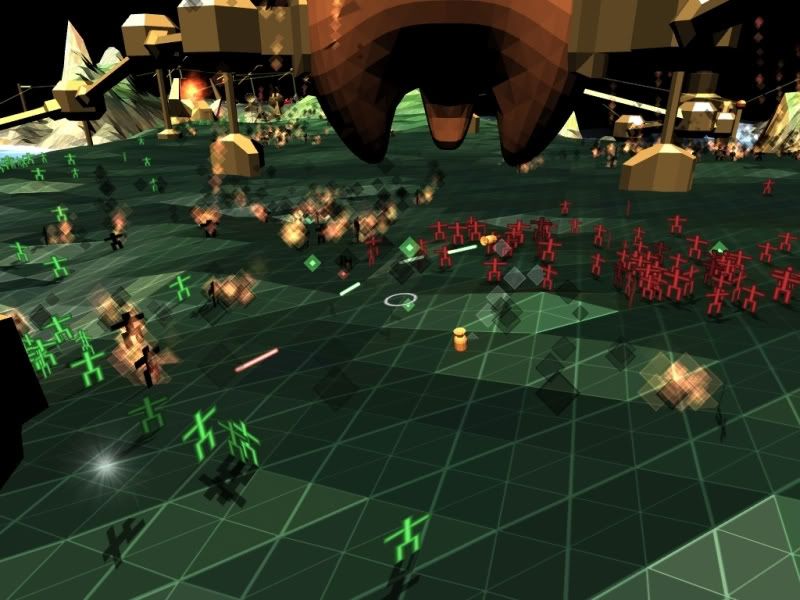
Darwinia, and its multiplayer sequel Multiwinia, is unlike any other game ever made. Nominally it draws on the real-time strategy model, but the end result bears little if any similarity to games of that genre. The game takes place inside a digital universe created by one Dr. Sepulveda, populated by AI polygon creatures, and the player is tasked with combating an invading virus which threatens to undo all of Sepulveda's work. RTS elements come into play here, but over time an element of artificial evolution is introduced, hearkening back to Conway's cellular-automata model and its ilk. Like many indie games, Darwinia and Multiwinia embrace a distinctly retro-gaming approach to design and interface, and ultimately result in a totally immersive universe which is better experienced than described.
5. Citizen Abel: Gravity Bone (Blendo Games, free, PC)
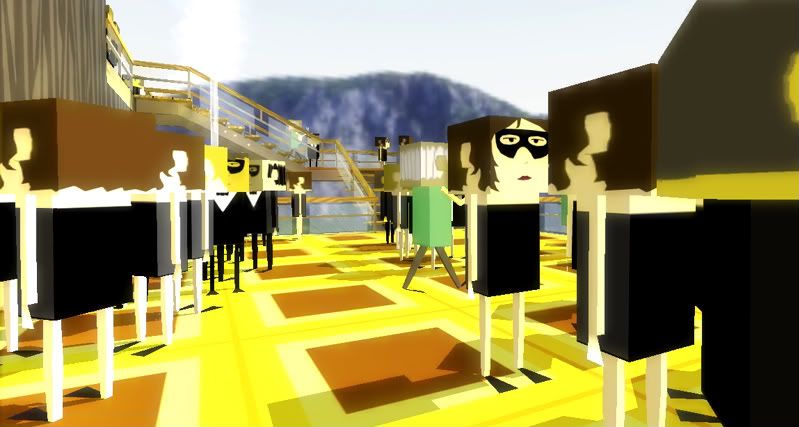
Gravity Bone is a short, first-person adventure game built on the Quake II engine, but revamping it so drastically that it has become an entirely new beast. In the game, you play a secret agent inhabiting a 1960s spy-flick world attempting to unravel, as is your stock in trade, a mystery. All the characters in this world resemble papercraft dolls a la Cubees (an artistic decision both clever and practical, given the Q2 engine's limitations) and one can't help but be reminded of LucasArts' legendary Grim Fandango or Terry Gilliam's Brazil (from which it plunders its soundtrack). It can be played from start to finish in under half an hour, has a plot that makes absolutely no sense, and - without giving anything away - seems to serve little other purpose, in the end, than as an elaborate prank on the player. But practical jokes, if designed well enough, can be an art-form unto themselves, and Gravity Bone is a case in point.
4. Alien Hominid (The Behemoth, $10, Playstation 2\XBox 360\Gamecube\Xbox\GBA\PC)
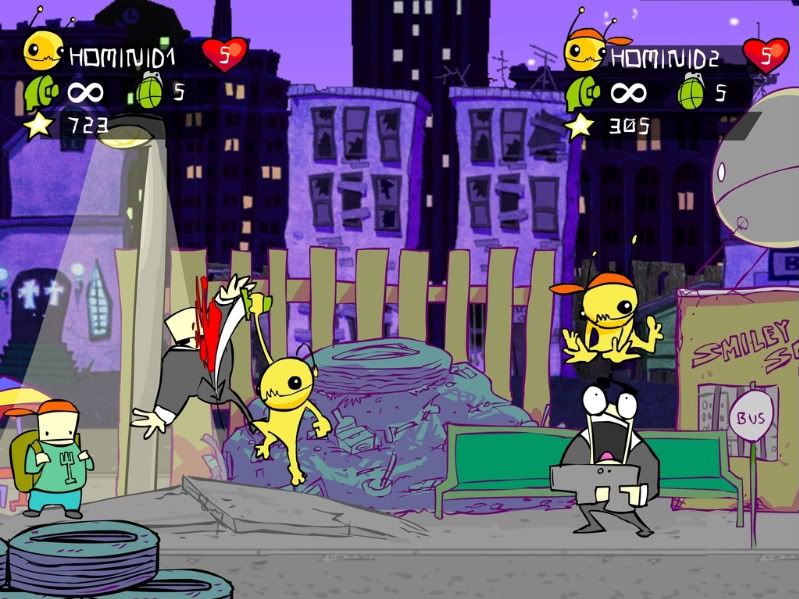
Amongst its other virtues, Alien Hominid could be seen as the indie game that finally broke indie games into the public arena. Though it started as a humble flash game on Newgrounds, it quickly developed into a cross-platform juggernaut, thanks in large part to The Behemoth's remarkable business savvy. But Alien Hominid is more than just a well-marketed indie success story; the frenetic 2D sidescroller features entirely hand-drawn artwork by Dan Paladin, boasts an outstanding soundtrack by Matt Harwood, and contains numerous subtle asides and humourous in-jokes. There's also a bit of self-reflexivity going on here: when the player accesses the alien's PDA, they're able to play a simple Pitfall-style game-within-a-game. Recently, Alien Hominid was released in a High Definition edition on XBLA, and the updated resolution proves without a shadow of a doubt the talent that went into the game's design.
3. Castle Crashers (The Behemoth, $15\1200 Microsoft Points , XBox 360)
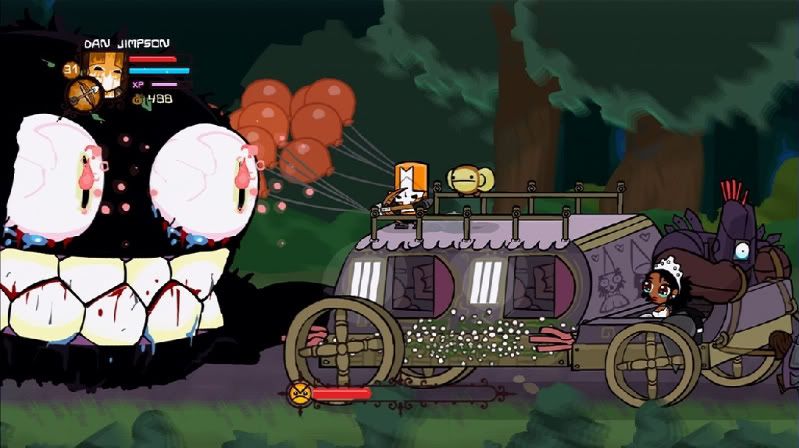
If Alien Hominid was built on the engine of run-and-gun side-scrollers like Contra and Metal Slug, The Behemoth's followup Castle Crashers takes it up a level and riffs on the arcade four-player beat-'em-up engine of Golden Axe and Final Fight. The game's graphics are of a similarly hand-drawn style as its predecessor, but are cleaner, more detailed, and far, far more bloody. What makes Castle Crashers stand out, like many of the games on this list, is that it breathes new life into a familiar genre: it brings in elements of RPGs, player-vs-player, and 'cute animal sidekicks', each with a different supplemental ability, it contains more cartoon gore than one might ever reasonably expect, and the character, monster and level designs are both original and stylistically consistent. Perhaps its greatest appeal, though, is that the creators offer downloadable-content packs, unlocking new characters, weapons and abilities, resulting in an entirely playable work-in-progress with near-infinite replayability.
2. World of Goo (2D Boy, $20, PC\Mac\Linux)

World of Goo is the indie-gaming equivalent of a Fellini film: impressionistic, dream-like, and justifiably critically-acclaimed (the game has even inspired some Svankmajer\Fellini-esque short films). At face value, World of Goo may be best described as a Lemmings-style puzzle game - players construct towers and bridges out of sentient Goo balls in order to overcome obstacles and achieve obectives. What is most impressive about World of Goo is how it juxtaposes visual artistry with physics - gravity is your primary foe, and the solution to most of the game's levels lies in building the most structurally-sound architecture. The excellent soundtrack by Kyle Gabler was released as a free download (it can be grabbed here) and designer 2D Boy has maintained an admirable on-going dialogue with players and fans through his blog.
1. Braid (Jonathan Blow, $14.99 on Steam or 1200 Microsoft Points on XBLA, XBox 360\PC)
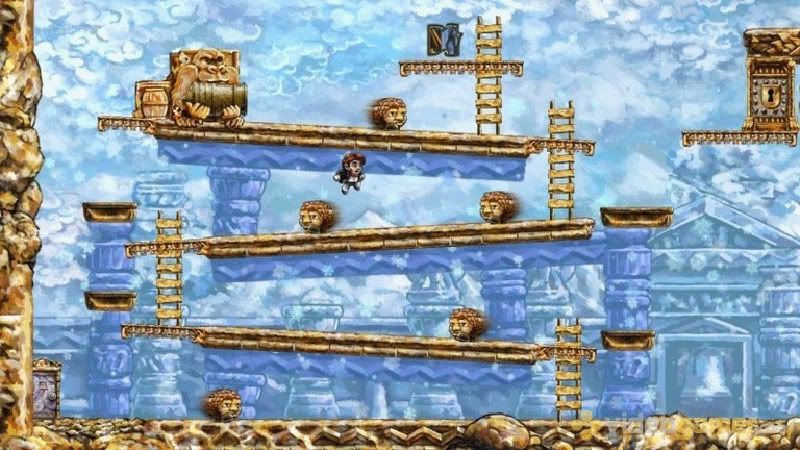
Jonathan Blow's Braid is the Citizen Kane of indie games. It completely overhauls the concept of what games can and should do, and playing it is a near-transcendental experience. You are cast in the role of Tim, a tie-wearing 2D sprite who must travel through six worlds of his own memory, searching for the "Princess" (here, his ex-girlfriend), but this goal might better be described as not a straight-forward 'save the princess' adventure a la Super Mario Bros. but more along the lines of trying to figure out why his relationship went sour. It's heady and philosophical - each world is intercut with Tim's simple but heart-breaking journal entries - but what Braid does that no other game has every managed to effectly pull off is how it plays with time. In, for example, Prince of Persia: The Sands of Time, the player was able to undo mistakes and reset levels by making use of a time-rewinding device, but Braid adds a layer of bittersweet nostalgia and remorse to the mix, and the time-shifting element becomes not merely a tool of convenience but an integral part of the story. Each world uses time in a different way - in the first world, Tim is able to, for example, jump into a pit and then rewind himself back to an earlier part of the level, while in the second world, he is able to carry objects with him as he rewinds - and consequently each new world requires a reconsideration of the strategies learned in the previous one. There are also self-aware references to its inspirations (ie: Super Mario Bros., Donkey Kong) and clever and unexpected solutions to the various puzzles which he encounters (at one point, Tim must assemble the puzzle pieces he's collected thus far in order to form a new platform and reach an otherwise-inaccessible area). Through it all, Blow's extraordinary vision and skill as a game designer, David Hellman's (creator of the webcomic A Lesson Is Learned But The Damage Is Irreversible) superb and supernal artwork, and unconventional classical score by Jami Sieber, Shira Kammen and Cheryl Ann Fulton come together to produce a kind of elegance rarely if ever encountered in the sphere of videogaming.
